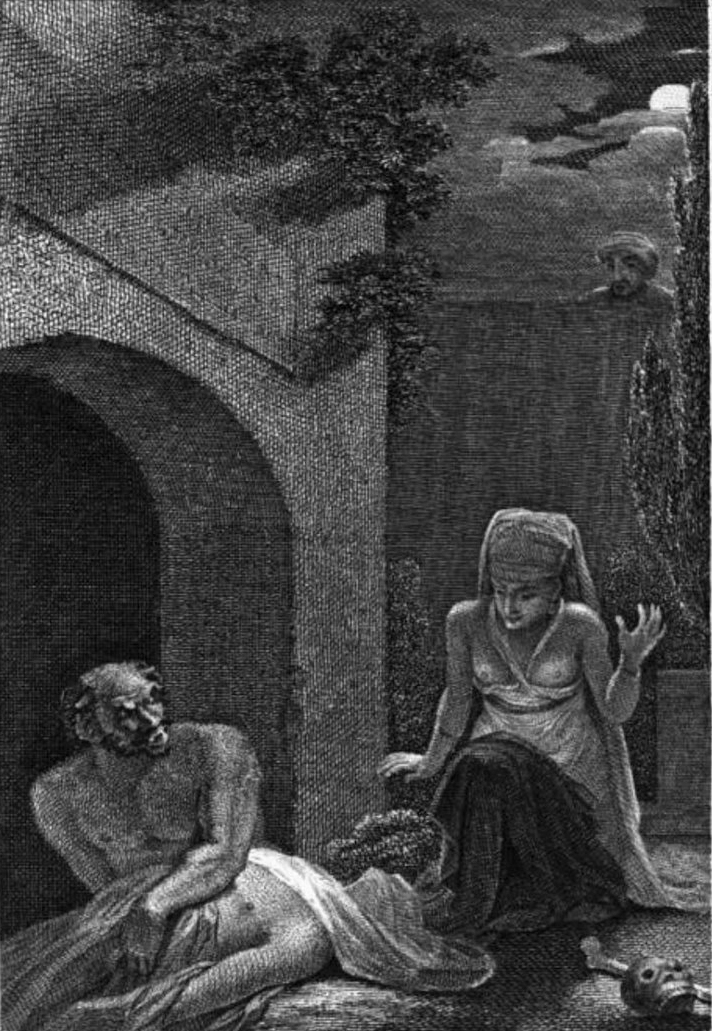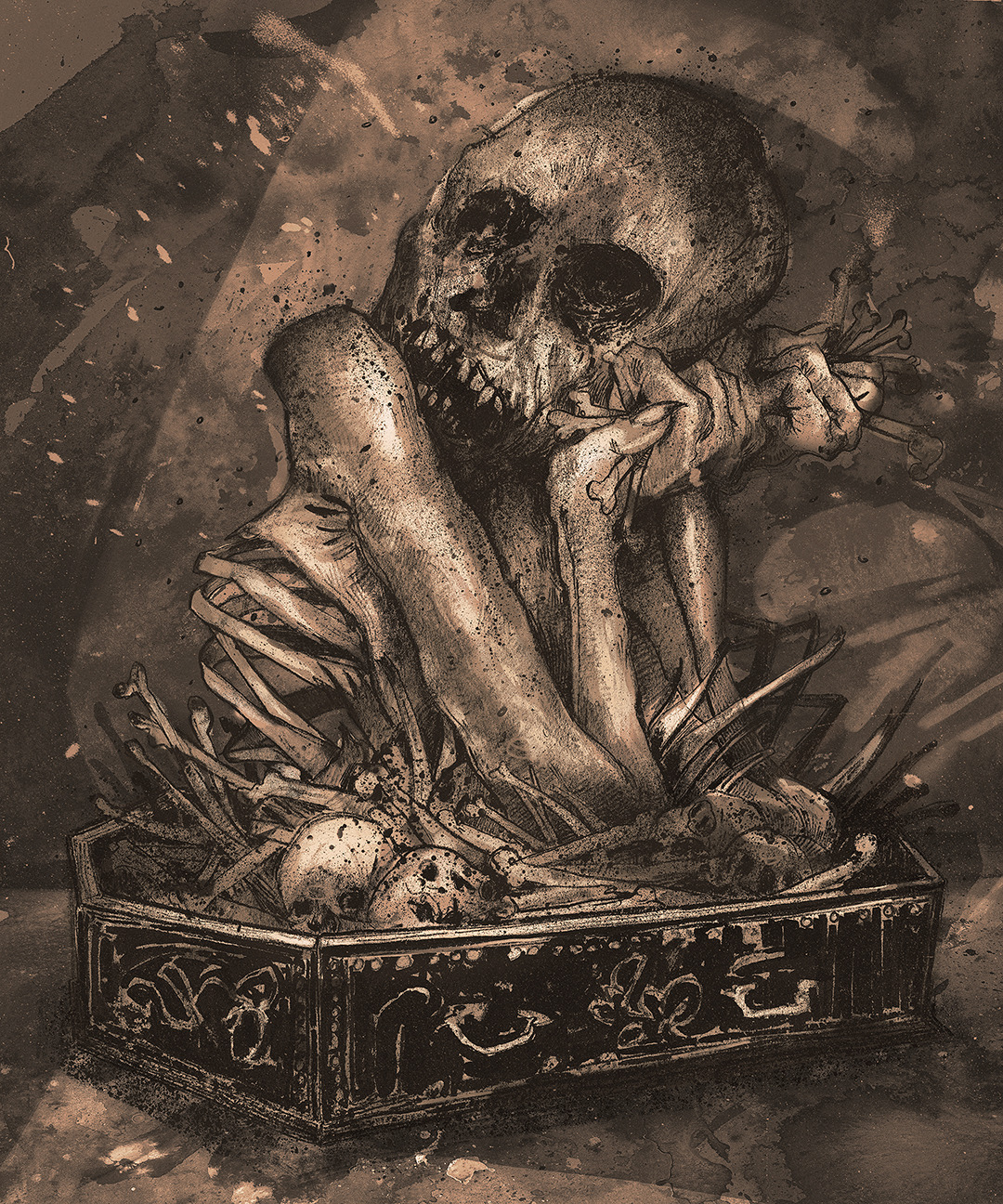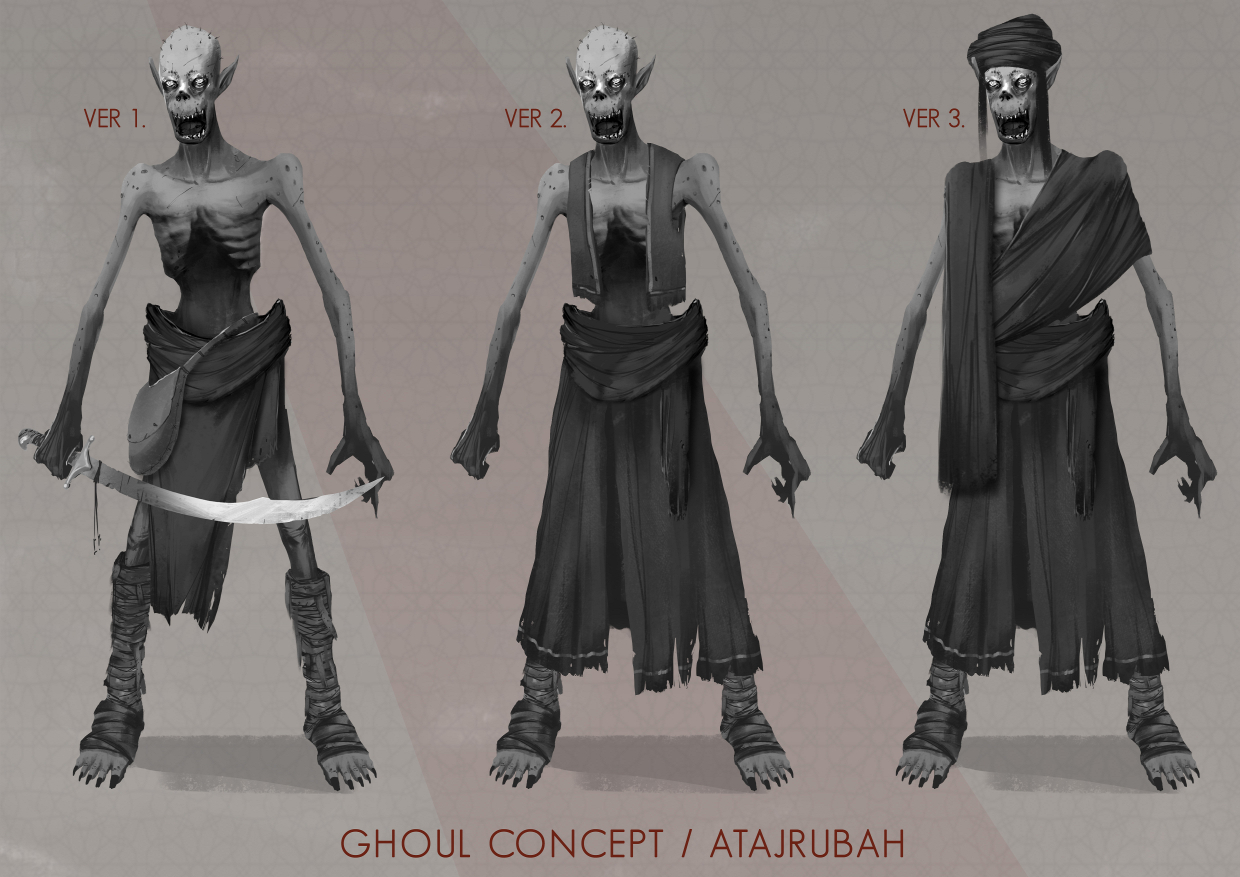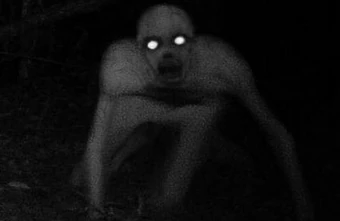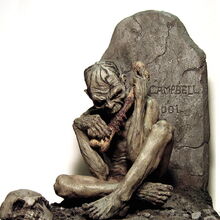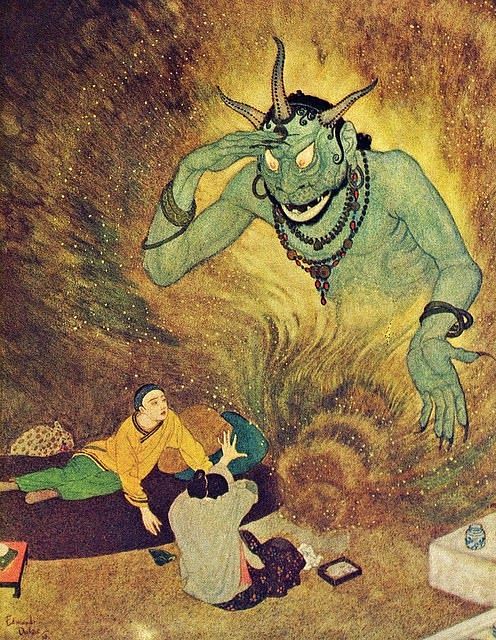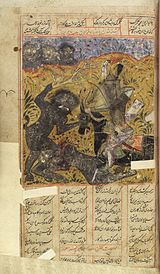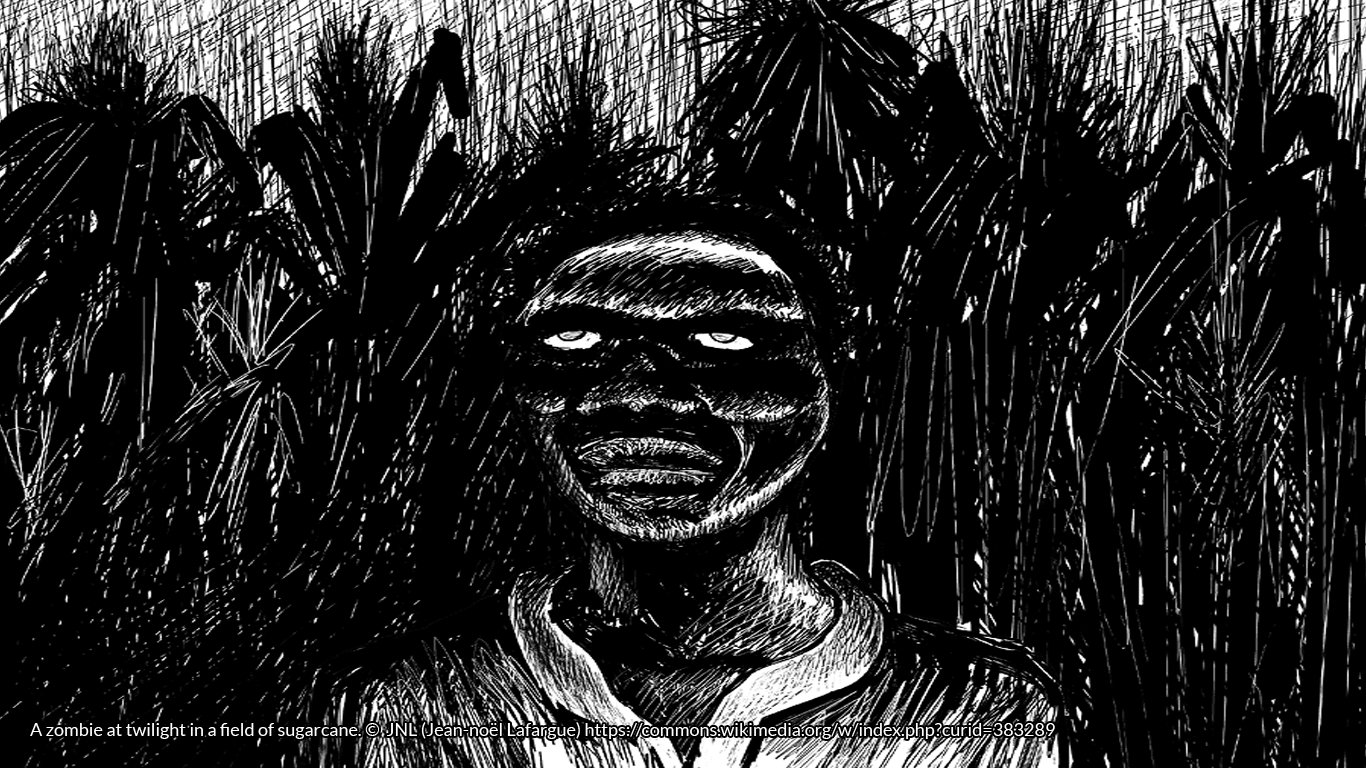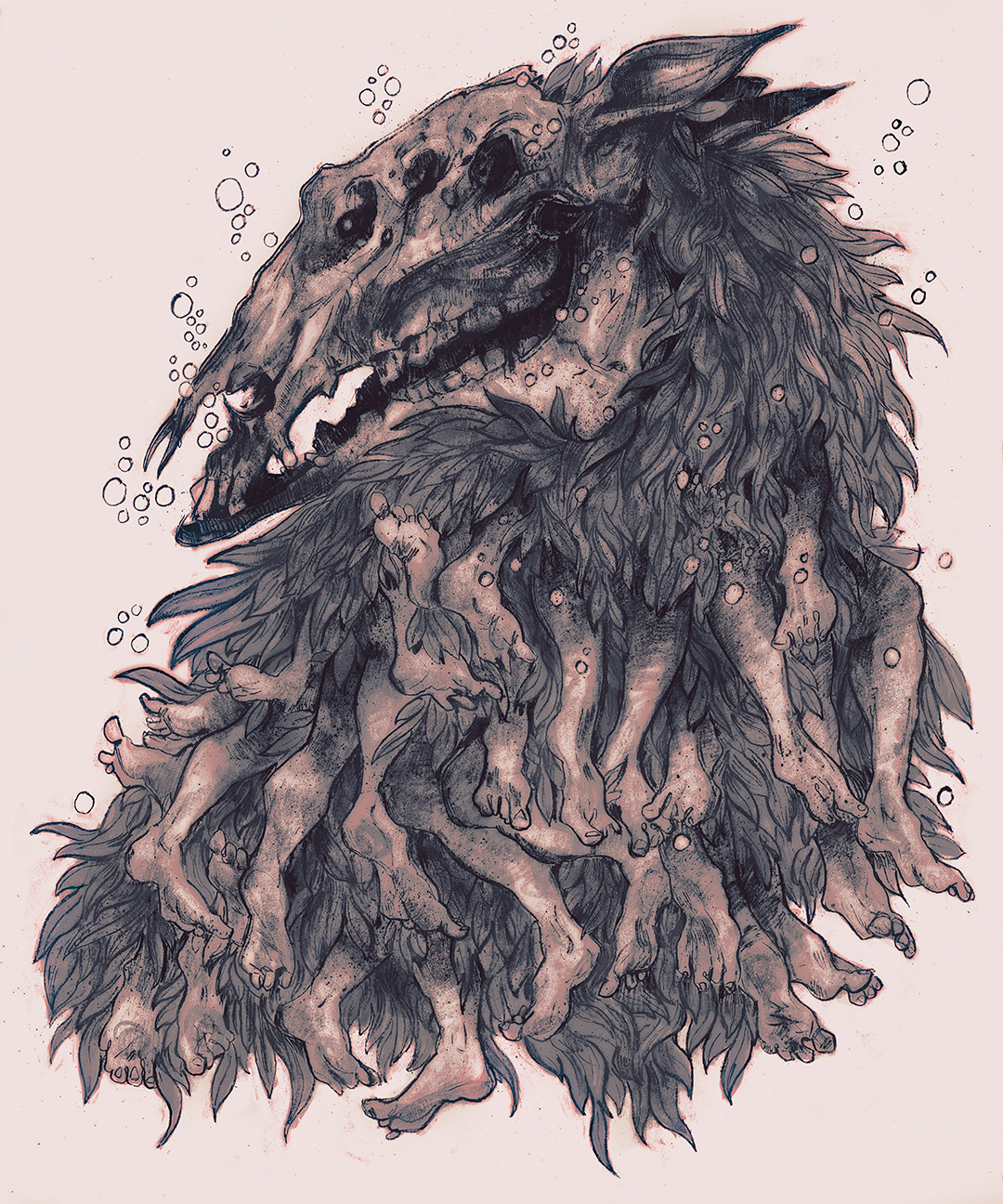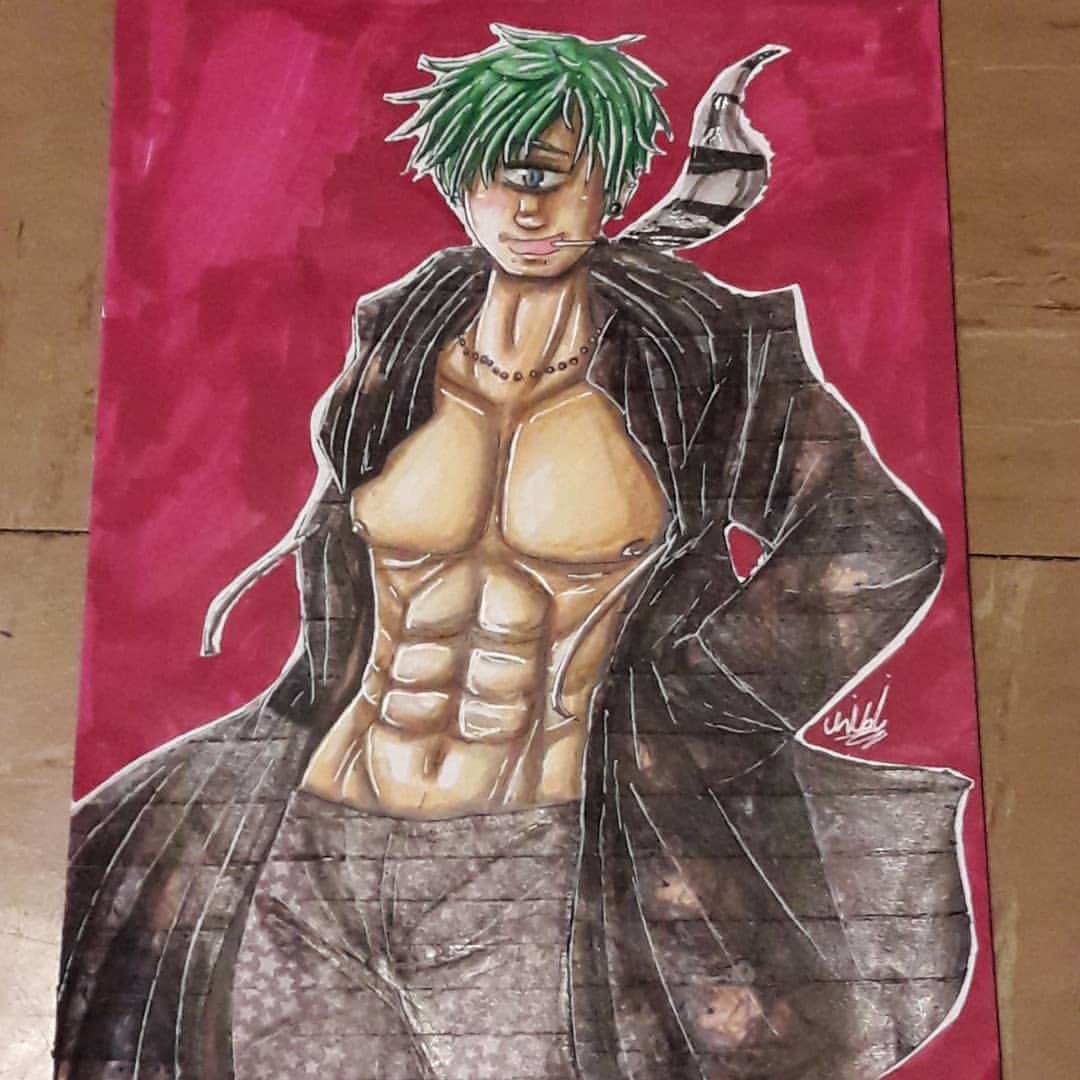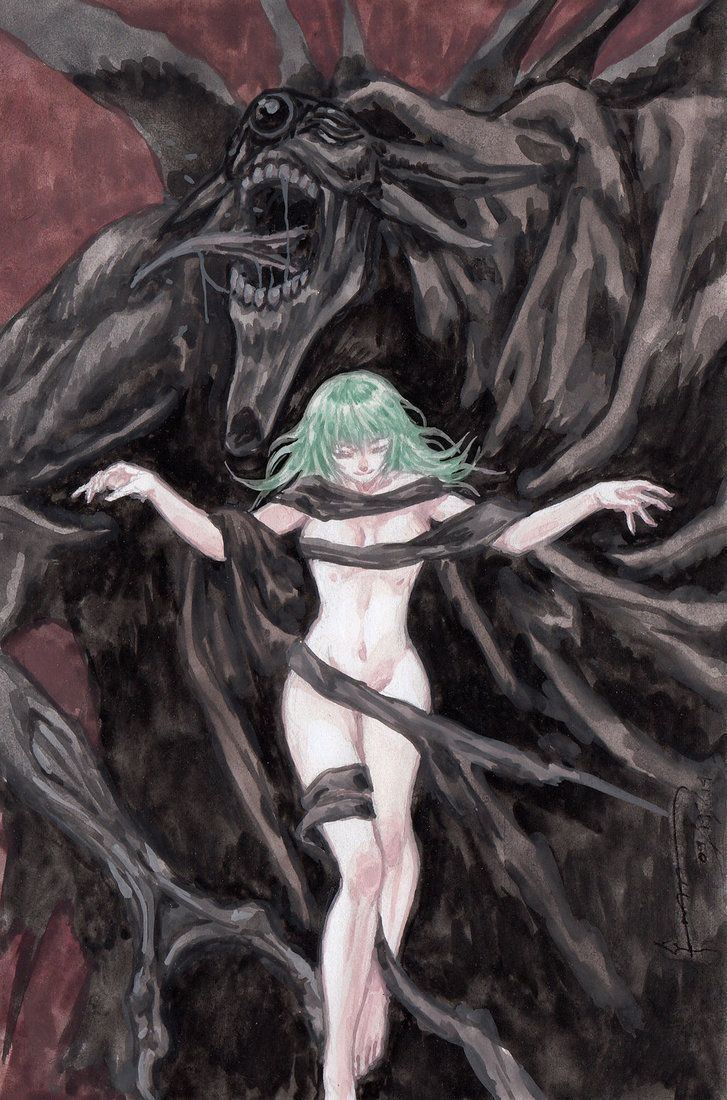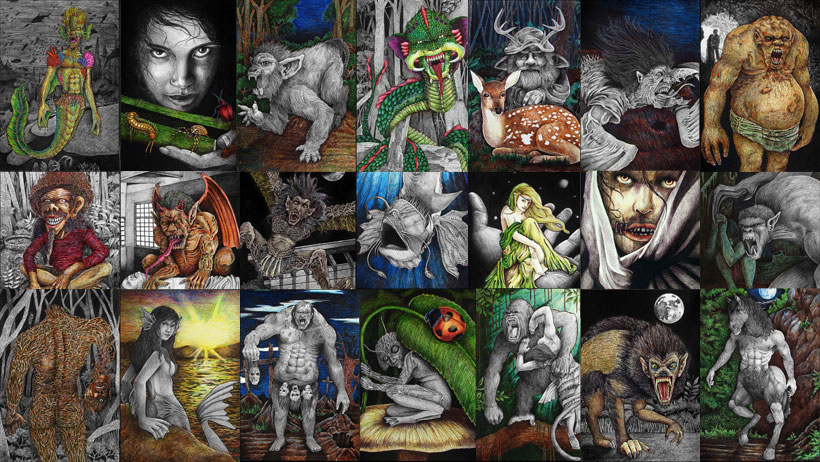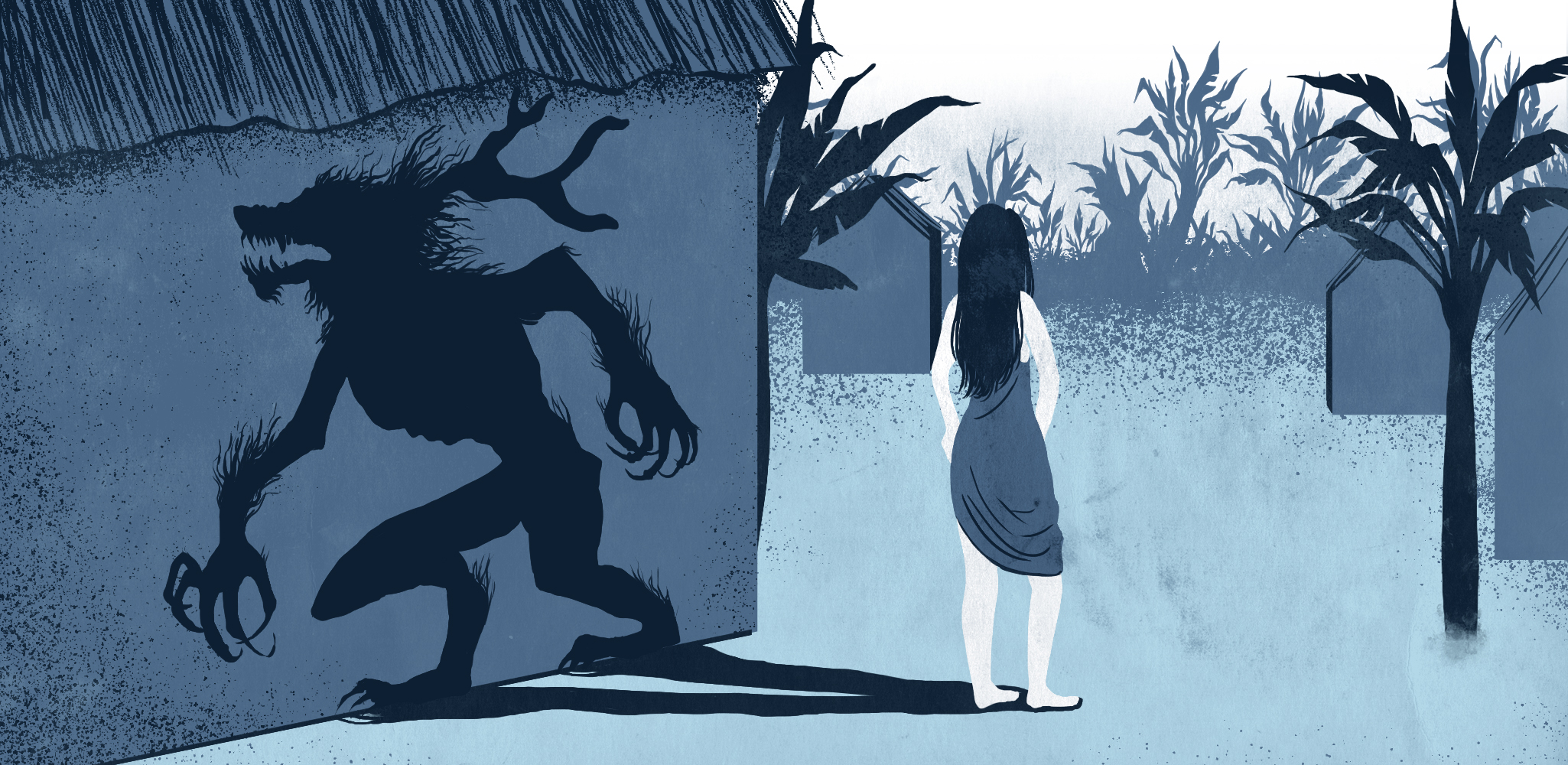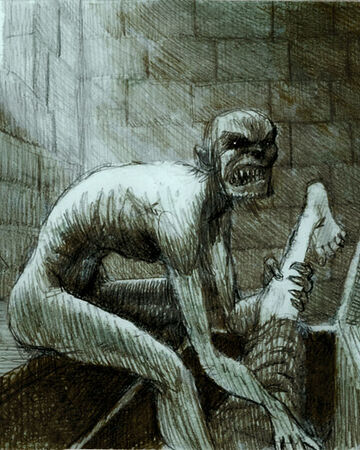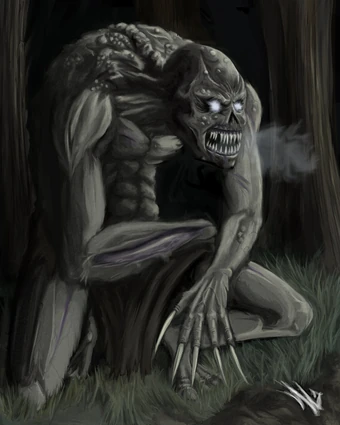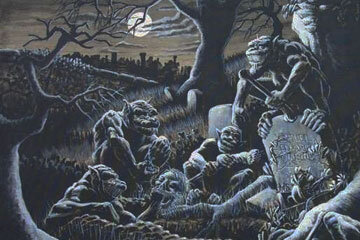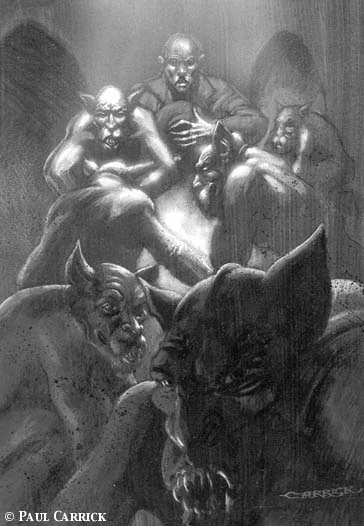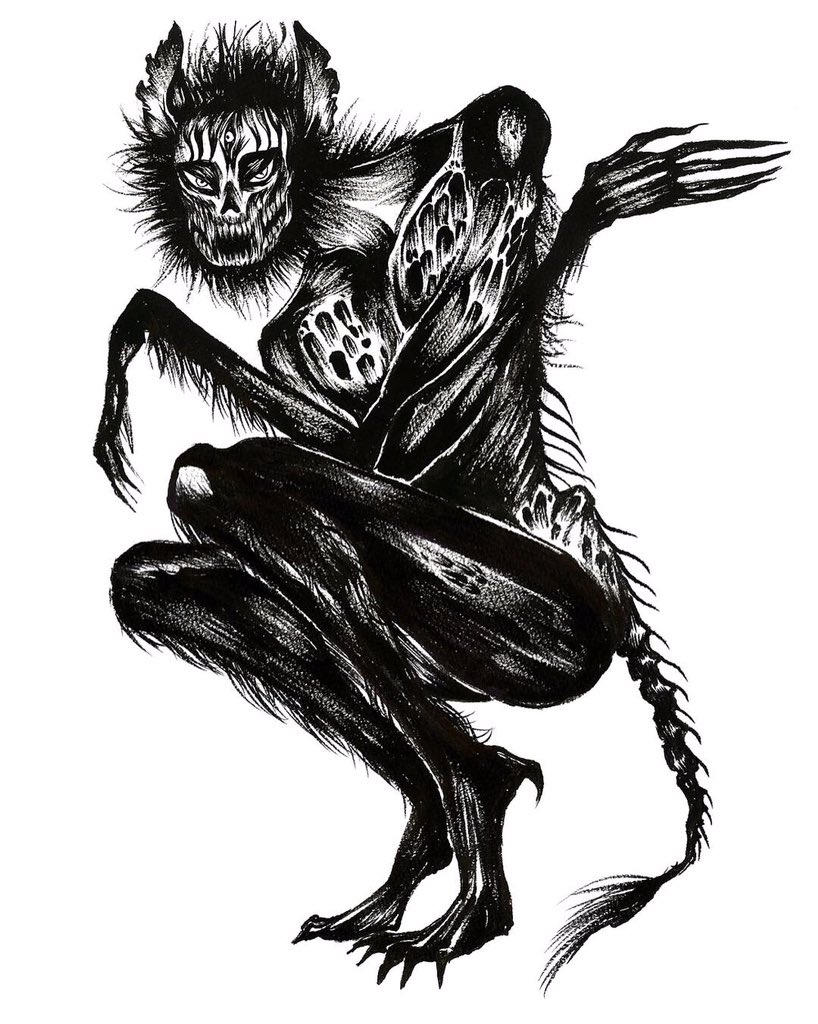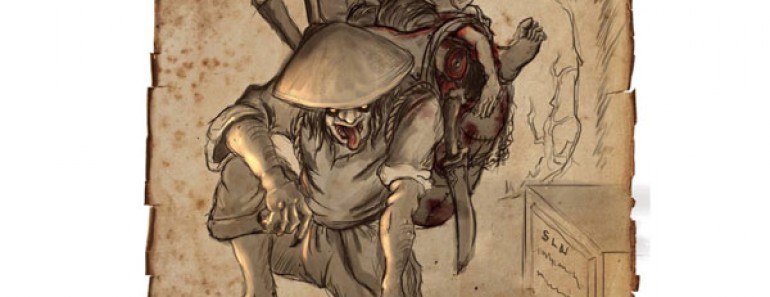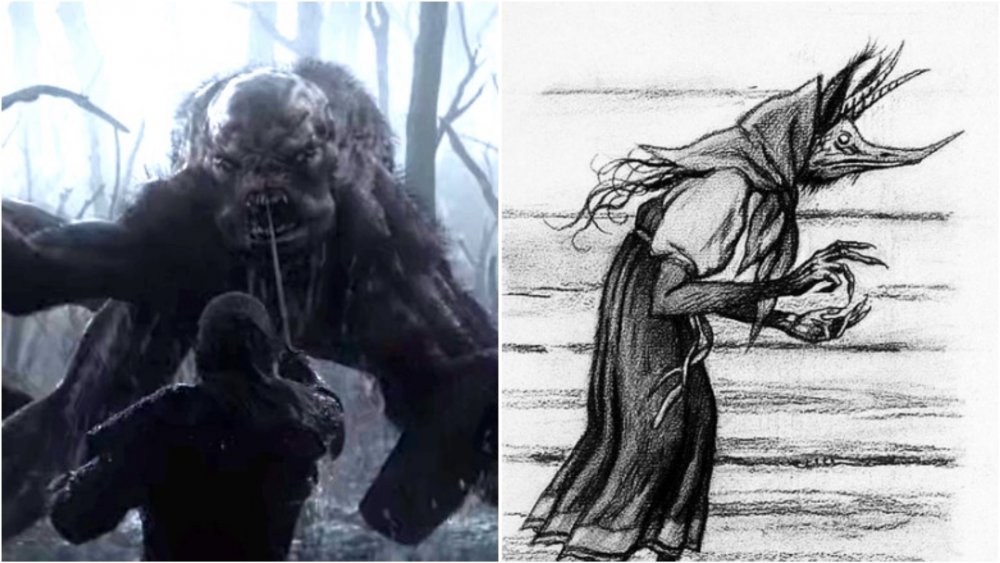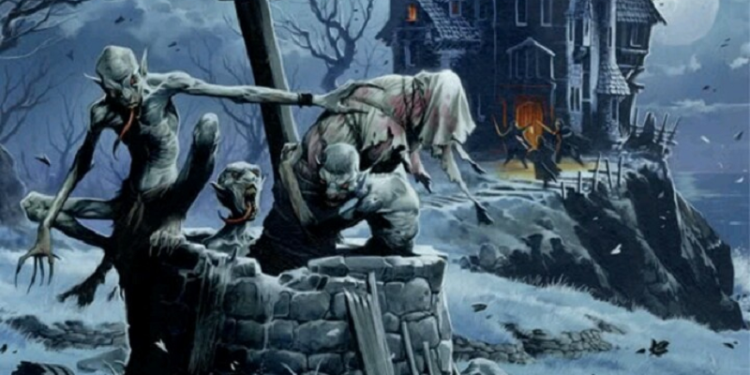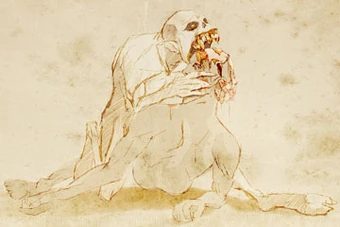23+ Folklore Ghoul

It is thought that ghoul s have their roots in mesopotamian religion and mythology because they have similar traits to gallu demons.
Folklore ghoul. A ghost sometimes commonly known as a spirit or a soul is the spirit of a deceased individual who haunts the area of their death normally as the result of a violent or untimely death. The arabic ghoul and its western transformation. A ghoul is a creature that appears from arabic mythology. It is thought that the connection comes from the nomads of arabia interacting with the mesopotamian civilization and trading stories. Ghoul a horror series based on arabic folklore is set in a covert detention centre. This definition of the ghoul has persisted until modern times. Ghoul is from the arabic غ ول ghūl from غ ال ghāla to seize.
They were once human but they brought the curse on themselves by eating human flesh dead or alive. It prowls outside or under the house of the victim and uses its very long snake like tongue to lick the sick person until the victim dies. The ghoul i ve always had a dark fondness for the ghoul of persian folklore. Ghoul arabic ghūl in popular legend demonic being believed to inhabit burial grounds and other deserted places in ancient arabic folklore ghūls belonged to a diabolic class of jinn spirits and were said to be the offspring of iblīs the prince of darkness in islam they were capable of constantly changing form but their presence was always recognizable by their unalterable sign ass. Some of the more extreme examples were found in phenomena. Jinni in arabic mythology a supernatural spirit below the level of angels and devils. In arabic the term is also sometimes used to describe a greedy or gluttonous individual.
Jinn are beings of flame or air who are capable of assuming human or animal form and are said to dwell in all conceivable inanimate objects stones trees ruins underneath the earth in the air and in fire. Nida a newly minted interrogator who turned in her own father as an anti. Also from bicolano folklore an aswang that could smell if a person is terminally ill is known as an anduduno. Sometimes it waits outside the house of a dying person. Ghosts are usually considered frightening but otherwise harmless but there are numerous accounts of more violent encounters with ghosts in folklore. The term was first used in english literature in 1786 in william beckford s orientalist novel vathek which describes the ghūl of arabic folklore. Basically a shape shifting monster who lurks in wastelands and or graveyards with a fondness for dead human flesh.
They feed on corpses or living flesh often abducting young children or luring away unwary people into abandoned places.








